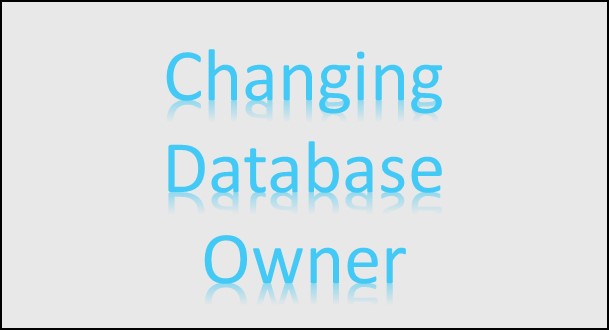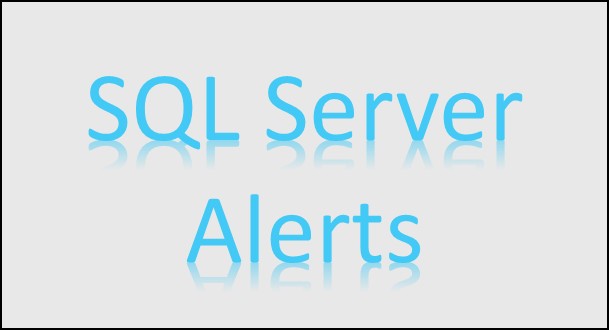If your database contains very large tables, querying or managing those tables may fill tempdb. When … Tables larger than tempdbRead more
Year: 2014
Tempdb max size
There is always a limit on how large tempdb can get. Even if there are no … Tempdb max sizeRead more
sp_MSforeachdb
sp_MSforeachdb is an undocumented system stored procedure that lets you iterate through all databases on an … sp_MSforeachdbRead more
An alternative to xp_fixeddrives
Want to know the disk space available on your database server from T-SQL? This can be … An alternative to xp_fixeddrivesRead more
Changing the database owner
When a database is created, the logged in user is set as the database owner as … Changing the database ownerRead more
Script to configure SQL Server Alerts
Are you managing a lot of SQL Server instances? I was setting up a standardized set … Script to configure SQL Server AlertsRead more
Multi Server Query
In SQL Server Management Studio, it is possible to execute a multi server query against several … Multi Server QueryRead more
Index selectivity
When SQL Server evaluates if an index should be used to retrieve data in a query, … Index selectivityRead more
SQL Server Join Methods
When you submit a query to SQL Server – before the query is executed – SQL … SQL Server Join MethodsRead more
Add and edit Windows environment variables
Windows environment variables are a great way to store server specific information that may be accessed … Add and edit Windows environment variablesRead more



